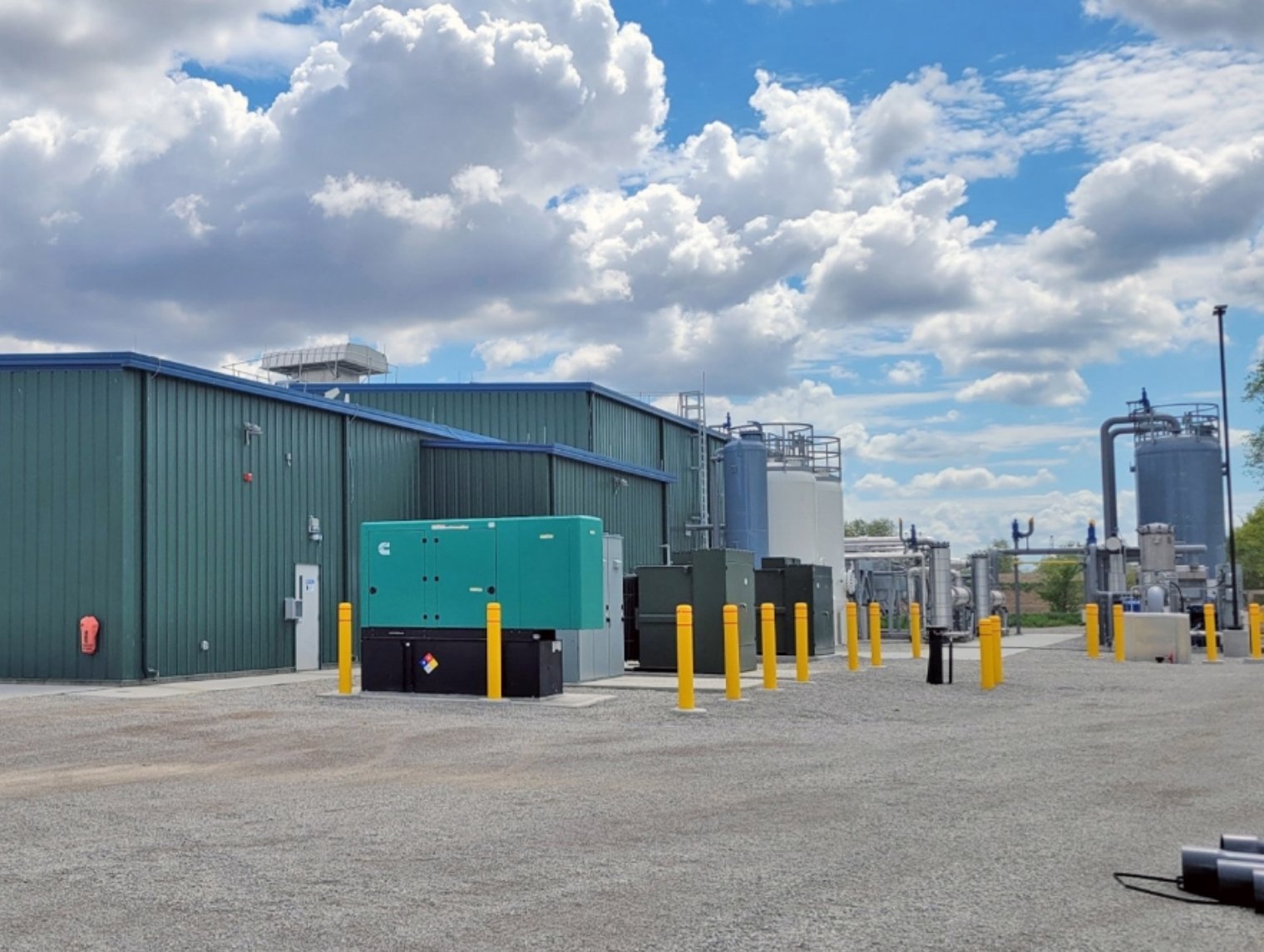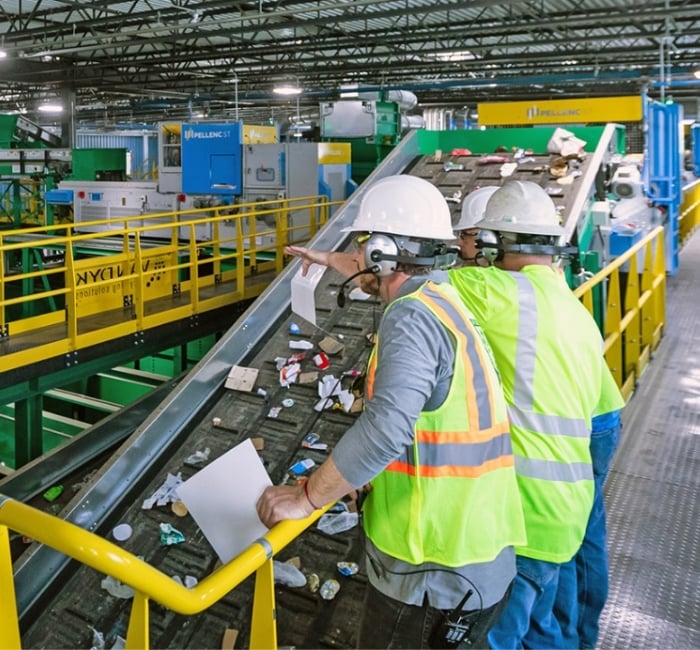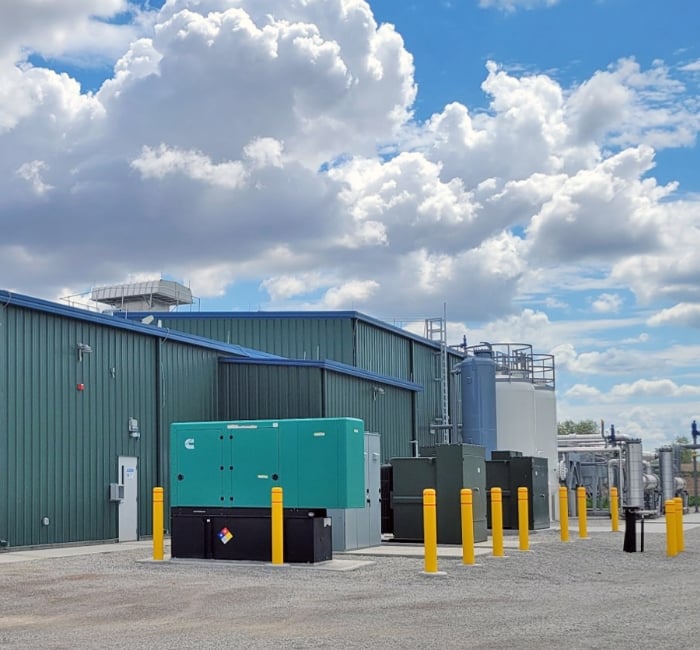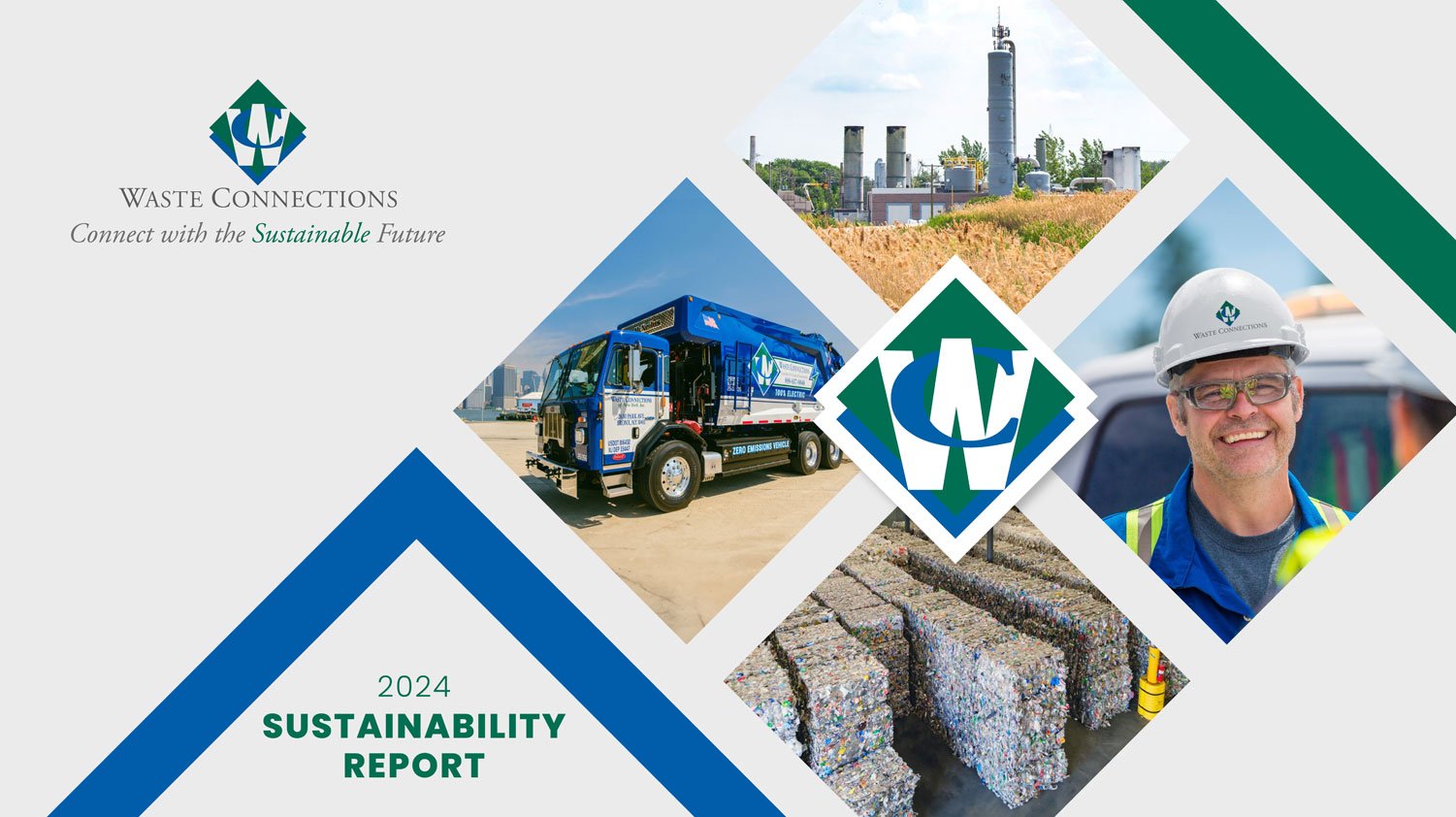
Renewable Energy
Gas that is produced naturally at our solid waste landfills is a valuable resource that we actively seek to recover and beneficially convert to renewable energy, benefiting many of the communities we serve. Gas recovery systems capture landfill gas at most of our solid waste landfills and are often installed in advance of or exceeding regulatory requirements.
At a minimum, our gas recovery systems limit the amount of landfill gas emitted into the environment by flaring and converting methane to carbon dioxide. In addition to flares, we have 26 beneficial use facilities through electric generation or RNG production, 10 of which are RNG facilities, including one of the largest in North America.
RNG is an avenue for growth. In alignment with our target to expand biogas recovery and beneficial use, we are investing over $200 million toward the addition of approximately a dozen RNG plants. These plants treat landfill gas to remove impurities and compress it for injection into the pipeline where it powers local households and fuels local industrial facilities and alternative fuel vehicles. These projects create marketable environmental attributes such as carbon emission credits, renewable energy credits (RECs) or Renewable Identification Numbers (RINs). Monetizing the gas aligns environmental benefits with economic gains.
We continue to expand our gas capture efforts in order to minimize emissions and maximize gas flow into our beneficial use systems. Our biogas recovered for beneficial conversion to energy increased 4% in 2023 to 30.1 billion standard cubic feet (SCF), an increase of 15% from our 2018 baseline. With new facilities expected online over the next few years, we believe we are well positioned to achieve our long-term aspirational target to expand biogas recovery by 40% from 2018 levels.

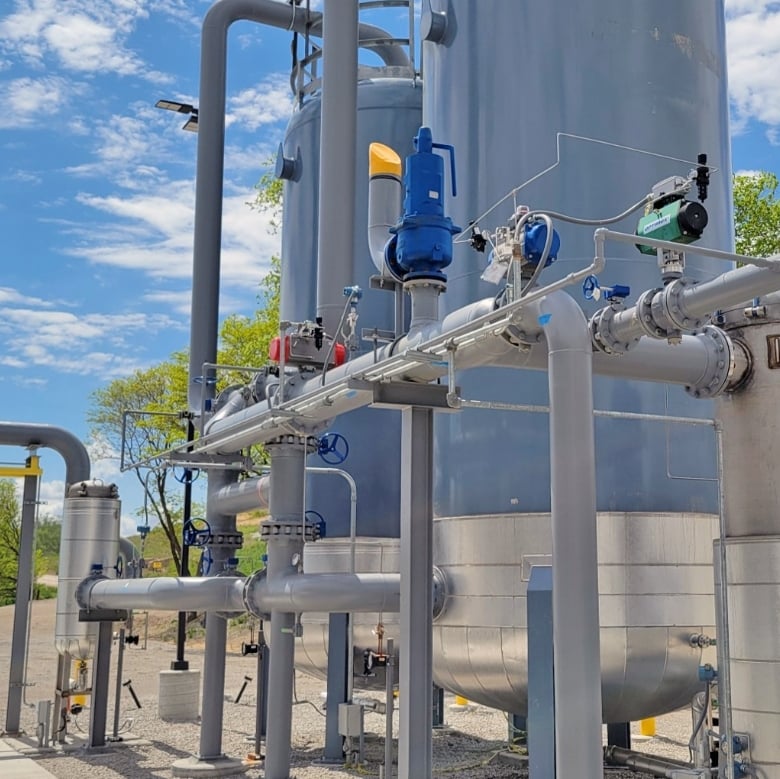
Expanding Biogas Recovery & use
Waste Connections invested approximately $40 million to construct a state-of-the-art RNG plant in Malvern, Iowa. The Loess Hills Regional Sanitary Landfill RNG plant will reduce fugitive emissions while increasing the supply of less carbon-intense RNG in the pipeline. Read more here.
